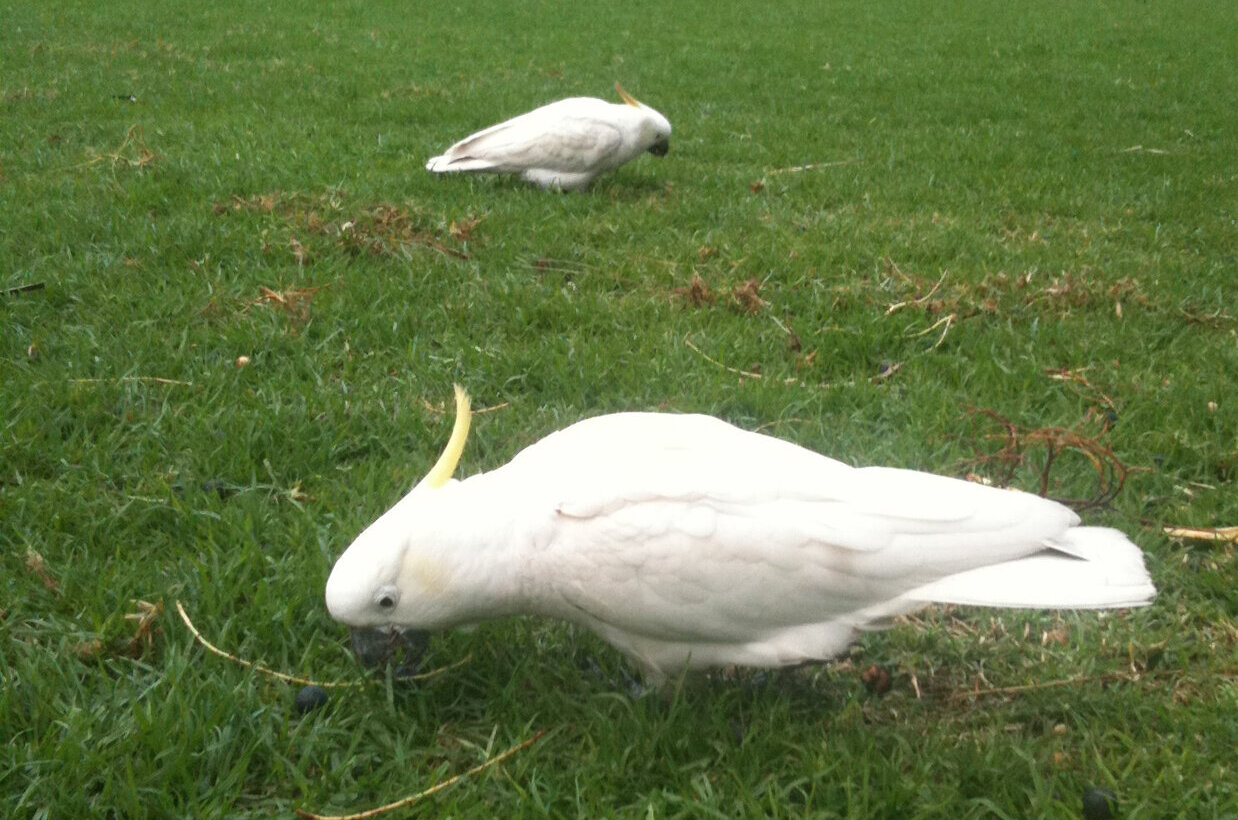Feathered Survivors: How Nature's Mood Swings Shape Bird Life

In the intricate world of avian life, birds demonstrate remarkable adaptability by making strategic survival choices that are deeply influenced by their environmental conditions. Some species embrace a high-risk, high-reward approach to life, living intensely and reproducing prolifically. These birds prioritize rapid reproduction, often having numerous offspring in short lifespans, essentially betting on quantity over longevity.
Conversely, other bird species adopt a more conservative survival strategy, focusing on extended lifespans and careful resource management. These birds invest more energy in individual survival, developing sophisticated behaviors and adaptations that enhance their chances of long-term success in challenging ecosystems.
These diverse survival strategies reflect the incredible complexity of bird populations worldwide, showcasing how different species have evolved unique approaches to thriving in their specific habitats. From the rapid breeding cycles of short-lived birds to the careful, measured existence of long-lived species, each approach represents a fascinating evolutionary response to environmental pressures.
